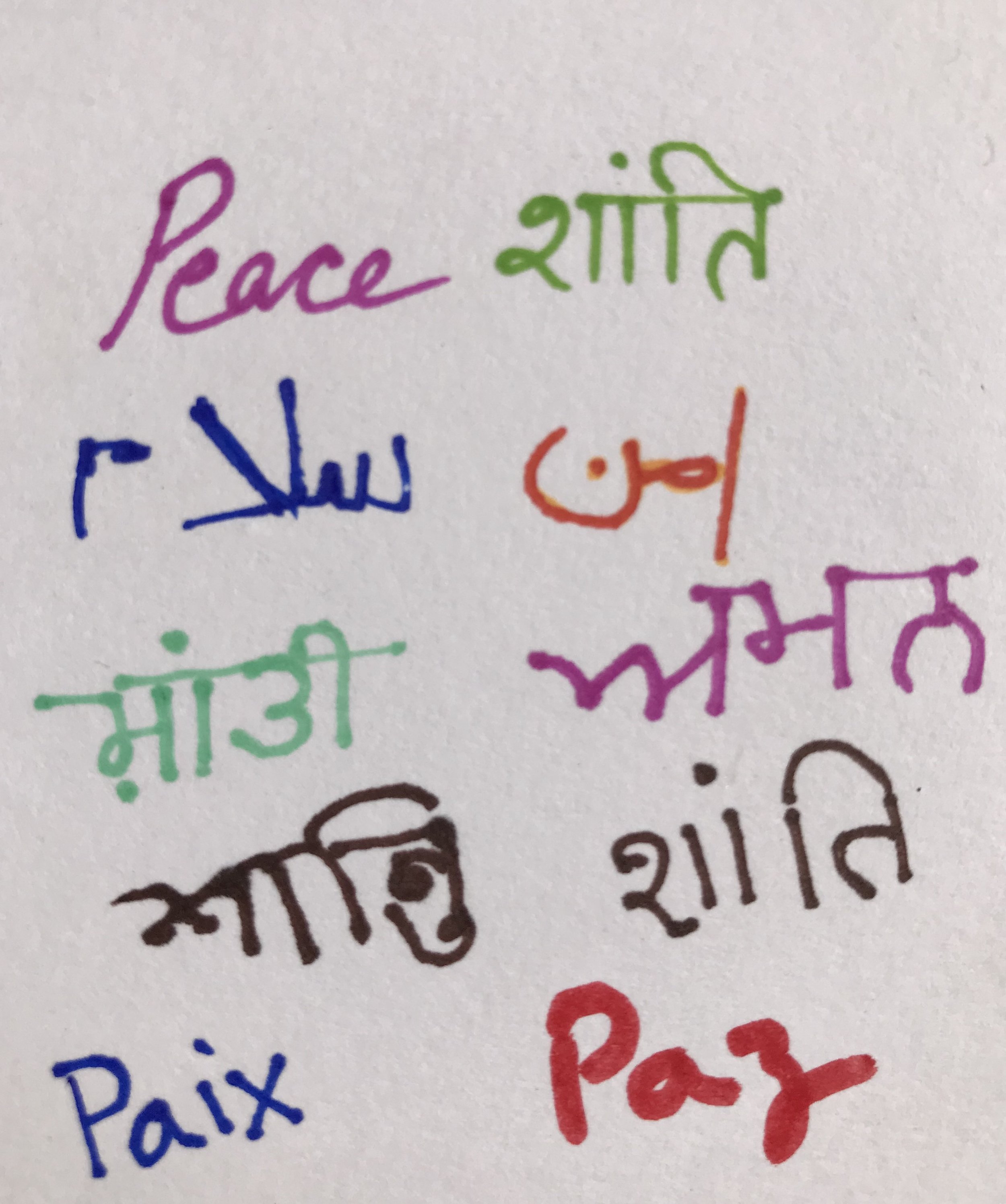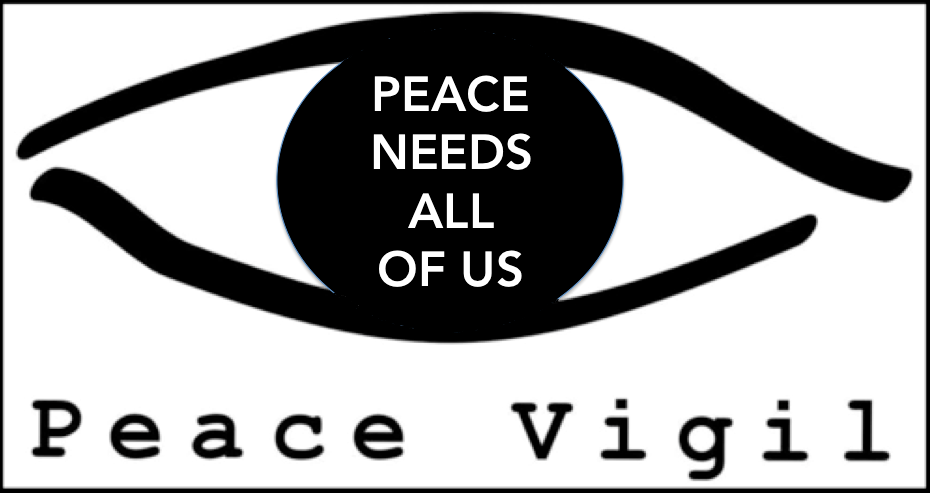Is there a new Gandhi?
Greetings of peace on MK Gandhi’s birth anniversary. In my three decades of work as a peace educator, it is not uncommon to come across the sigh of “wish there was a Gandhi today”.
When senseless violence, especially in the name of religion, grips society, one cannot help but think of Gandhi who brought people together and stood as a rock against hate and prejudice.
But I do not hear of Gandhi often when gross injustice is talked about. The fault lies as much in the teaching of Gandhi by activists as the description of the man by those who gain from oppression in society.
Gandhi is talked about in terms of peace; not in terms of justice.
This is not only a huge disservice to Gandhi’s lived teachings but to peace itself which cannot exist without justice.
I write to you today, on October 2, for a momentous reason – not because Gandhi was born today but because his legacy has never been so splendidly upheld!
Global Sumud Flotilla
I am talking of the brave 500 people from 57 countries on the Global Sumud Flotilla who have dared to directly and non-violently confront the unbelievably brutal and sadistic military occupiers of Gaza. Sumud Flotilla is the biggest ever act of organized international non-violent civil resistance in recorded history. It is a coordinated fleet of over 40, mostly small vessels, sailing to break Israel’s illegal siege on Gaza.
As I write this, Israeli army which has the full support and backing of the US, has illegally intercepted about half of the boats and abducted many activists. But two dozen boats are still sailing towards Gaza to break the siege and one has actually managed to enter the territorial waters of Gaza.
The flotilla continues to sail to accomplish what it set out to do – break the aid blockade of Gaza. Israel is killing and starving Palestinians and is not allowing help to reach them.
Would Gandhi have approved?
My study of Gandhi’s lived teachings tells me that he would not only have approved but joined the flotilla. Let us look at these specifics:
1. The flotilla is the initiative of civil society. It does have the support of some governments and even has some parliamentarians but the initiative is not of any government. It is planned and coordinated by several “common” people who have come together and organized this. It is also the latest in a long line of such attempts – on different scales of course. The first was in 2008 when two boats from the Free Gaza Movement successfully reached Gaza.
It is clear, both in South Africa and India, that Gandhi’s campaigns and struggles were civil society based. Not that he had a choice! Afterall, the struggles were against unjust laws so obviously the governments wouldn’t have helped. But he set many precedents on how to organize civil society. For example, forming connections with the Chinese community in Johannesburg for joint protests against the Asiatic Registration Act of 1906. The Act forced the Indians and Chinese to register with the government, provide fingerprints, and carry identification certificates at all times.
Despite language barriers and having no prior connections with the community, Gandhi was able to organize with them. This was also true in Durban where he organized with the Tamil and Telugu speaking communities - he and most of his initial contacts were Gujarati speaking.
There was also a huge difference in class (Passenger Indians and Indentured Indians). He quickly realized that his efforts to protect the small group of relatively well-to-do Indians in Natal had to be replaced with a much bigger struggle against laws designed to keep all Indians subservient. He was able to bring both classes of Indians together to fight this injustice.
2. Satyagrah: Often translated as non-violent resistance is often misunderstood or understood only partially. It is my endeavour that every time I explain this word, I must make it clear that it does not mean passive resistance. Let us remember these fundamental points:
A. Satya is truth. As Gandhi explains, “it is derived from Sat, which means ‘being’”. In other words, satya is life. Anything that harms life is untrue. All injustice is the opposite of truth.
B. Agrah means to insist.
Satyagrah is therefore the insistence on truth. It means that you stand up to protect life. Anything that destroys life – in the case of Gandhi, colonialism – must be fought. But you don’t fight it with violence because violence is also against life. Therefore the struggle is non-violent.
The “agrah” in Satyagrah means it is forceful. It is a strong resistance to injustice. It means that one stops/blocks injustice from happening. More often than not, it involves physical action of putting yourself in front of the oppressor and preventing him/her from conducting injustice. It is therefore dangerous and the ones who truly pursue it are extremely brave because while their opponents will use physical force, they will not. Yet, they decide to resist in the way they do.
The Global Sumud Flotilla fits the definition of Satyagrah to the T!
3. Last but equally important is the idea of collective responsibility. The more known faces of the Flotilla have been abducted. This includes Greta Thunberg. But the rest continue. Perhaps only a handful of boats will reach Gaza. Perhaps none will. But the point is that the effort continues.
There are scores of examples of this from Gandhi’s life. Let me share with you one of the earlier ones. In 1913, Gandhi led what came to be called the Great March of 1913 from Natal to Transvaal in South Africa. Gandhi was arrested. The march continued. He was released on bail and rejoined the march. He was arrested again. The march again continued.
New Gandhi
Gandhi will unfortunately not come back. But he gave the world a set of powerful tools from his long life that have informed civil society resistance over the years. He was neither the first nor the last person to use non-violent resistance to fight injustice but his effort was certainly the biggest in scale. He was also a leader of struggles in two different countries and lived a long life. So, he has a lot to offer to all those fighting for justice and peace.
If we look around us, there are many Gandhis today. They look very different from him and may even disagree with him on certain things. But they are insisting on truth and they are doing it fearlessly with everything they have got. They are non-violent but they are not cowards. Just like Gandhi. Each and every brave soul upon those little boats and small ships on the Global Sumud Flotilla is Gandhi. For Gandhi is what Gandhi did. He stood for truth.
Warmly,
Shirin
Peace Vigil



